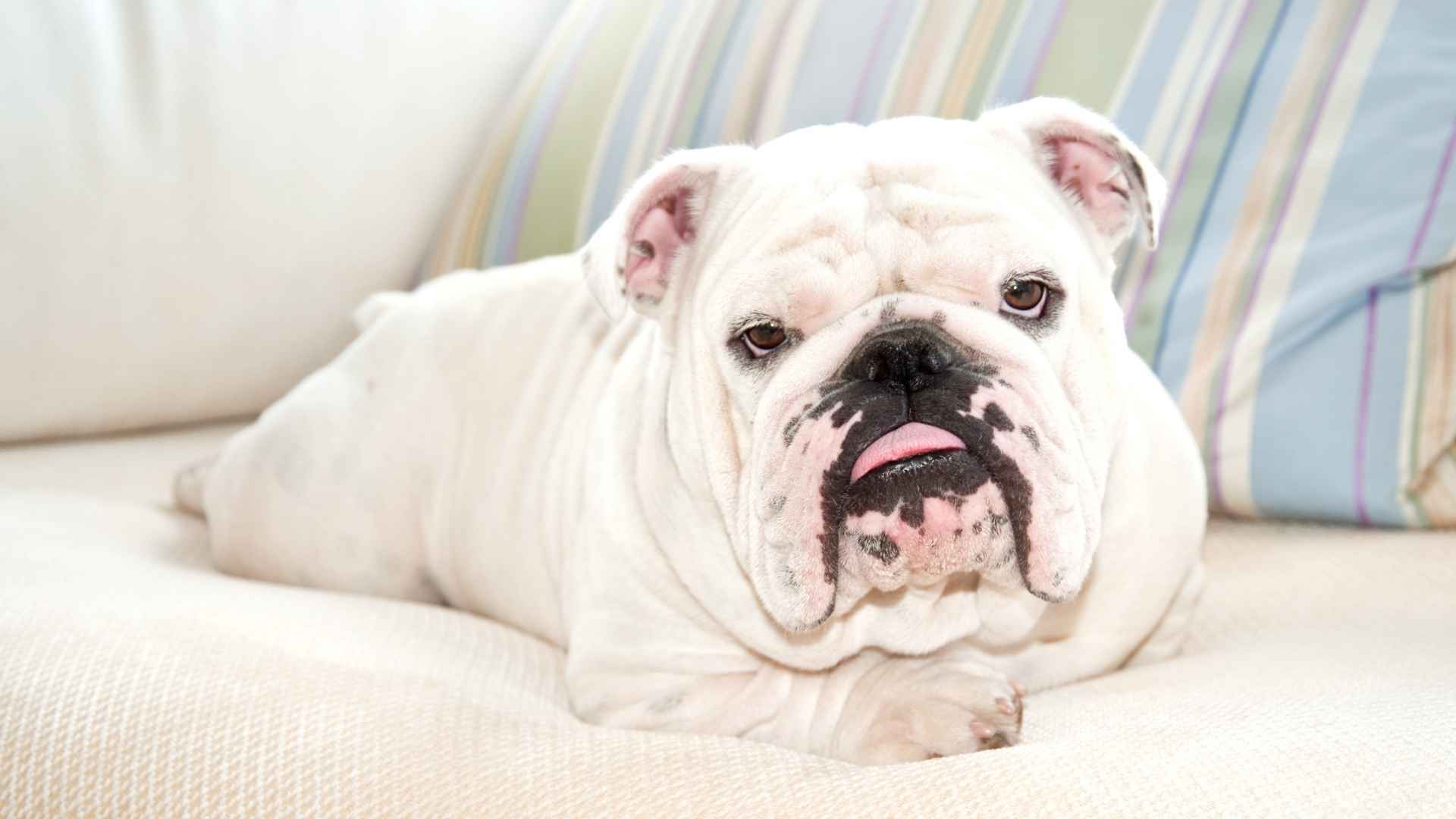A friend of mine once adopted a Great Dane. She expected daily chaos, high maintenance, and lots of barking. What she got instead was a dog who barely moved unless absolutely necessary. He’d spend hours lying by the window, blinking slowly, ignoring every noise on the street.
He wasn’t lazy. He was calm, deeply, naturally calm. That dog taught her how peaceful a home could be when your companion matches your energy. Not everyone wants a whirlwind of fur tearing through the living room.
Sometimes you just want a dog who knows how to pause. Some breeds have that gift. They move slower, think longer, and rest deeper. They don’t ask for much, but give so much back in return.
If you’re searching for a companion that brings peace instead of pressure, stillness instead of stress, you’ll want to keep reading. This article explores dog breeds that are always chill by nature.
Dog Breeds That Are Always Chill
1. Basset Hound
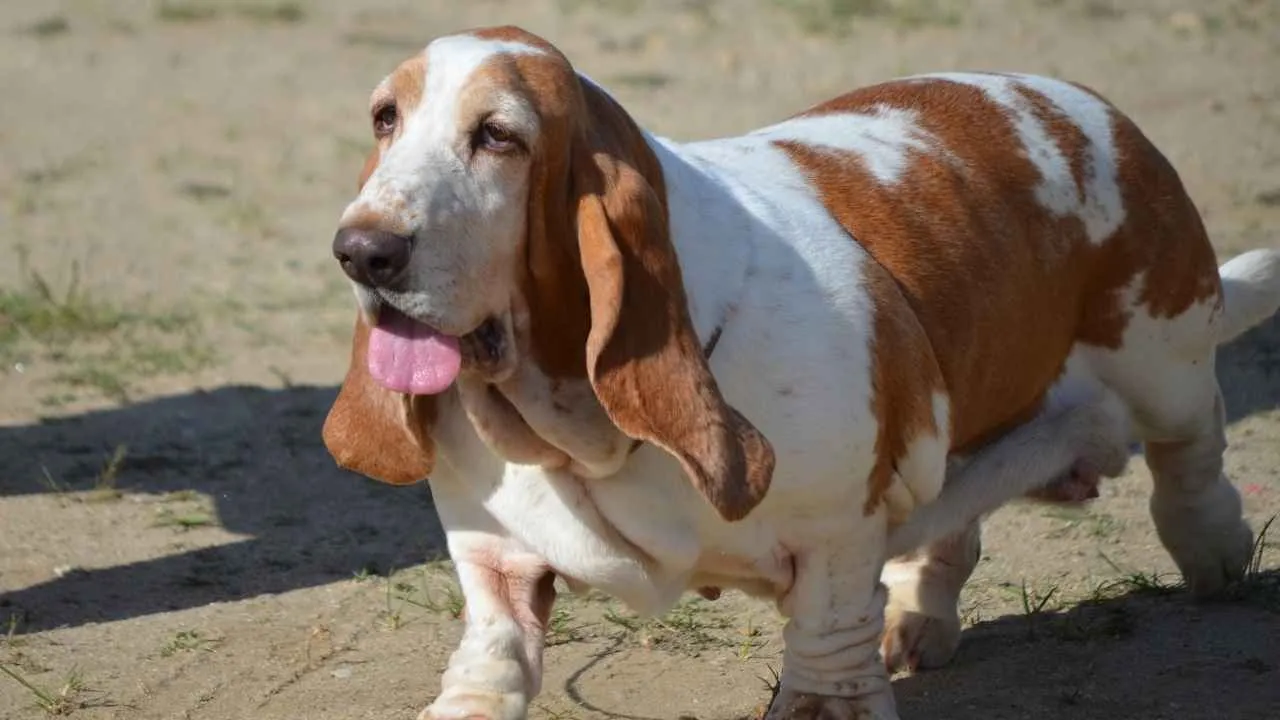
With their low-slung build and droopy expression, Basset Hounds tend to spend more time lounging than leaping. They’re among the few breeds whose heart rate noticeably slows when left in peaceful environments. You’ll often find them asleep on cool floors, completely unfazed by the surrounding noise.
Slow-Paced Movement with Purpose
This breed is deliberate in how it walks, sniffs, and responds, giving off an unhurried and mellow energy. Their gait has a heavy, ground-hugging rhythm that matches their calm mindset. Even on walks, they prefer slow exploration over sprinting or chasing.
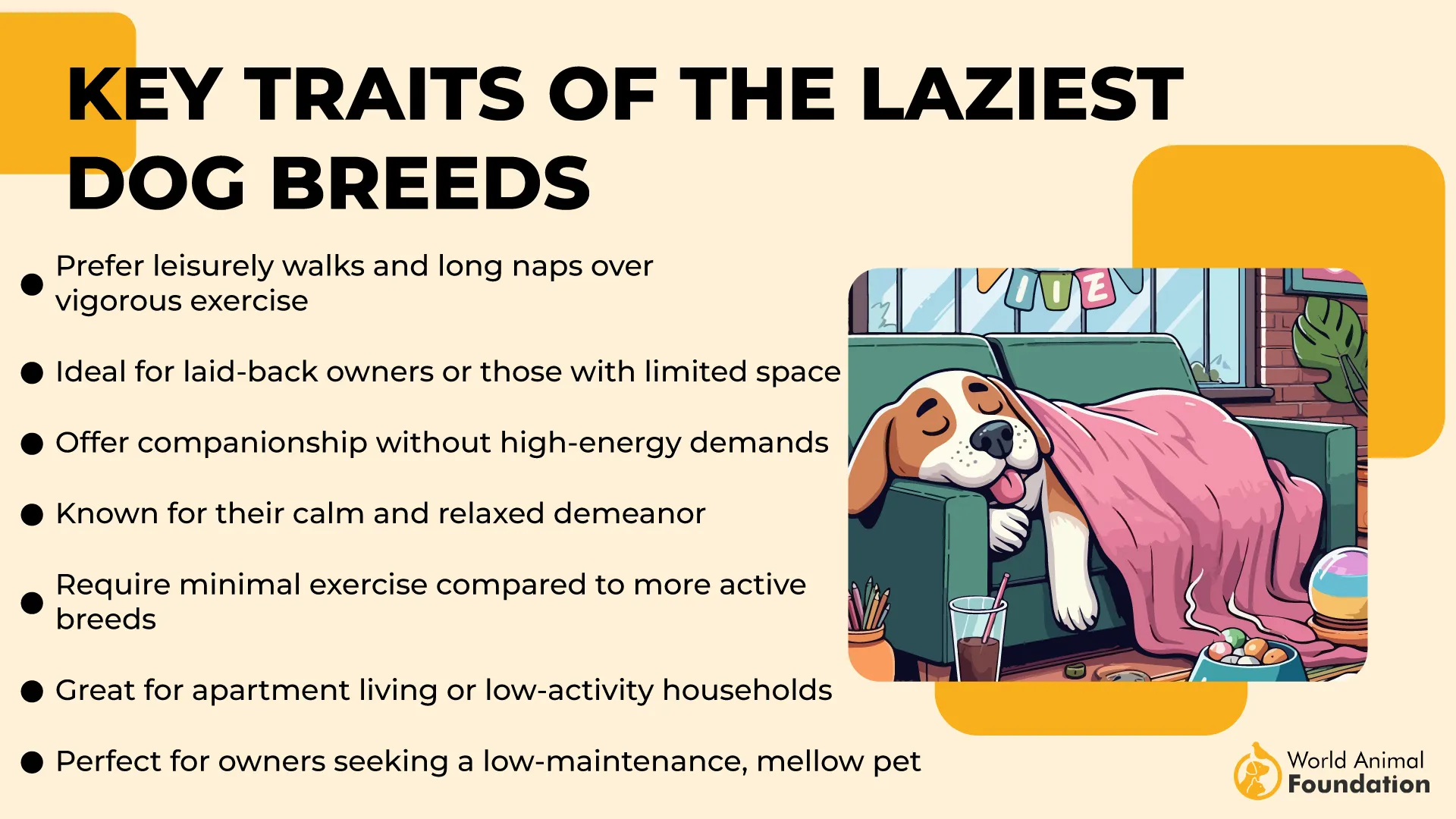
A Nose That Sets Its Own Tempo
Basset Hounds have one of the strongest scenting abilities after Bloodhounds, with around 220 million scent receptors, as per Zealnadia Pets. They’ll often pause for long stretches just to process one trail. This focused, low-energy behavior reflects how their brains are wired for methodical scent tracking.
Built-In Loyalty with Low Drama
They rarely show aggression or restlessness and tend to bond deeply with one or two people. Known as a loyal dog breed, their a steady attachment through physical closeness rather than neediness. As a calm dog breed, they offer a stable and grounding presence at home.
2. Cavalier King Charles Spaniel
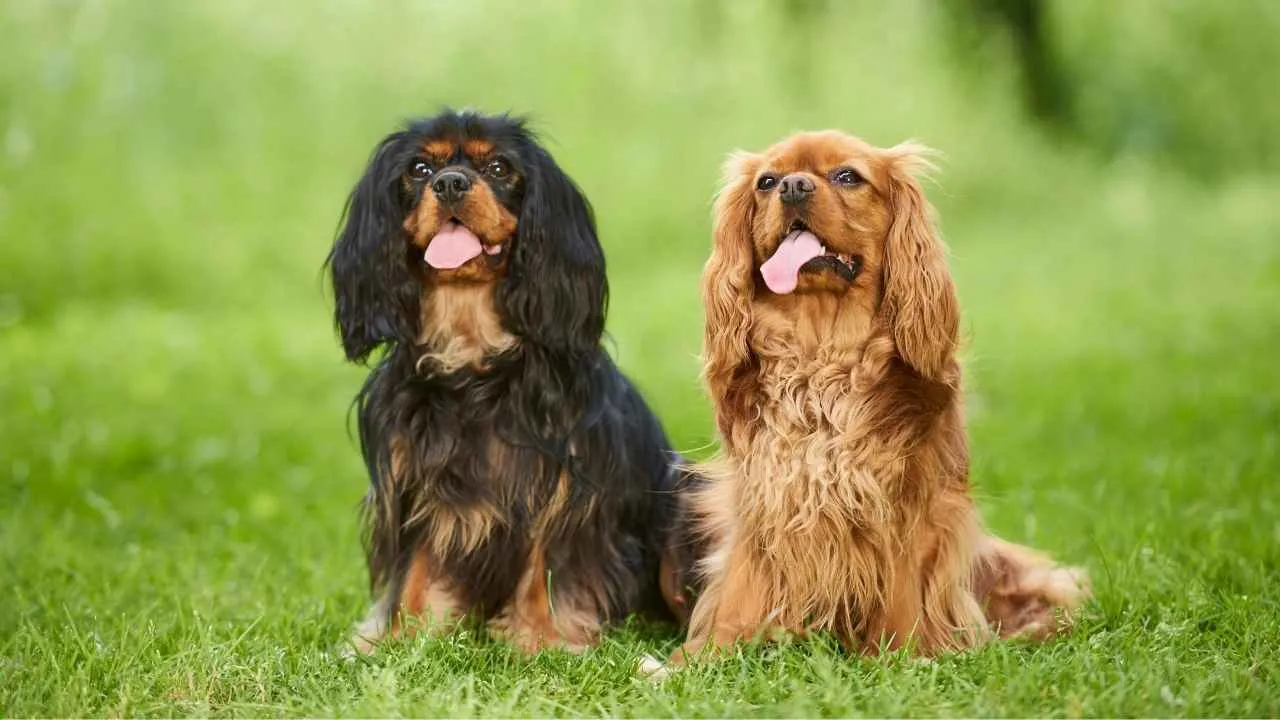
Cavaliers tend to mirror the emotional pace of the space around them without being overstimulated. In calm settings, they settle easily and often remain tucked in one place for hours. They’re known for softly observing rather than reacting, even in a room with active children.
Body Language That Relaxes with You
Their relaxed body posture — often seen in their loosely curled tails and slow blinks — reflects their unhurried state of mind. They rarely vocalize unless there’s a specific need, which adds to their peaceful presence. You’ll often see them sprawled belly-up, totally at ease.
Soft Interactions Built on Trust
Their responses to touch are mild and receptive, making them ideal lap dogs for quiet households. As a breed with a gentle temperament, they don’t resist being picked up or groomed, especially once they’ve bonded with their person. That soft responsiveness makes their calmness feel even more personal.
Naturally Balanced with Family Life
This breed adjusts to the environment without demanding attention or stimulation. They’ve long been favored as a laid-back dog breed because of how easily they adapt to daily routines. Even in unfamiliar places, their default response is to stay close and quietly take things in.
3. English Bulldog
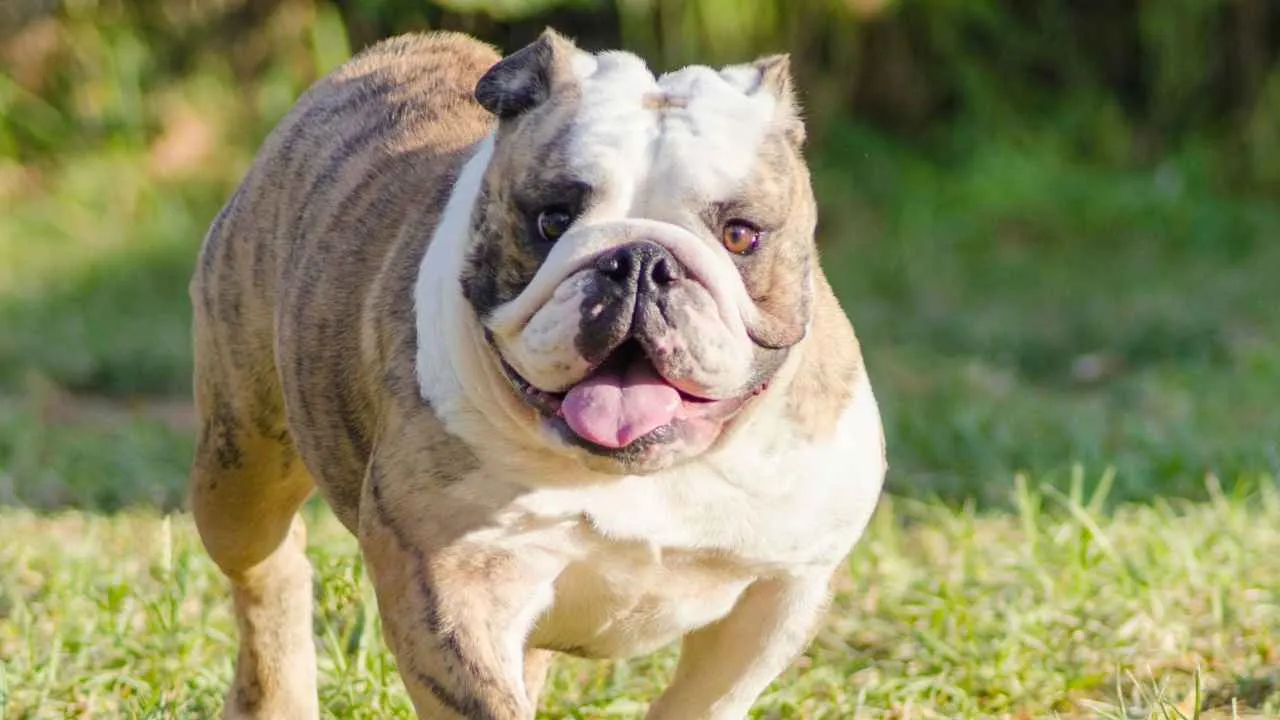
English Bulldogs spend most of their day resting and enjoy lounging on cool surfaces. Their low muscle tone and shortened muzzle make them more heat-sensitive, which limits their physical activity. They’re most comfortable in calm, quiet indoor environments where movement is minimal.
Solid Build with Slower Responses
The breed has a compact, muscular frame that favors short walks over long outings. Their joints, especially the hips and shoulders, require care, which contributes to their slow, deliberate pace. They’re known to respond after a pause, rather than reacting instantly to every sound or movement.
Social but Selective Temperament
They coexist peacefully with other dogs when introduced properly and don’t seek dominance, as stated in Pawlicy Advisor. Bulldogs prefer predictability in routines and often settle quickly around familiar people. They’re less reactive to noise, strangers, or unexpected changes in their space.
Quiet Loyalty Over Excitement
Bulldogs were originally bred for bull-baiting but were later reshaped into home-friendly companions. Today, their affection is shown through subtle actions, like lying near your feet or following you slowly from room to room. They’re valued as a calm companion in households that match their mellow pace.
4. Great Dane
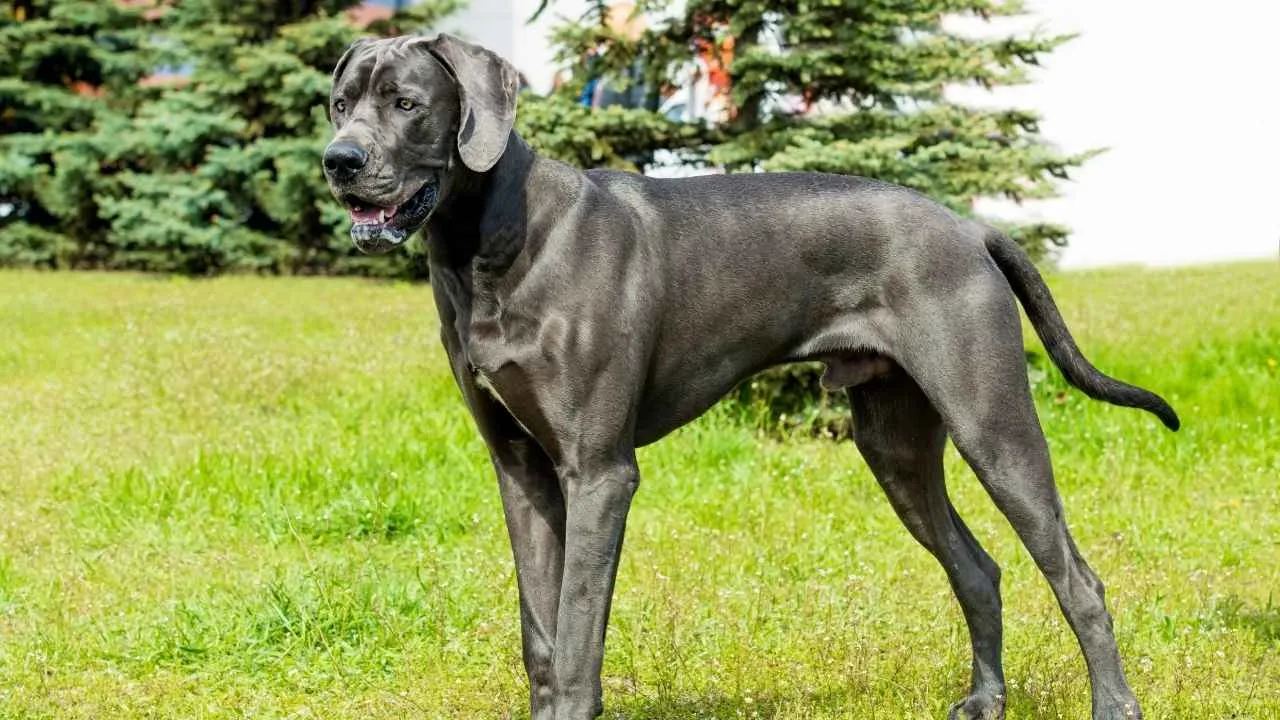
Great Danes are often still for long periods, conserving energy and preferring to stretch out rather than pace. Their movement is controlled and balanced, even indoors. Their relaxed posture and soft eye contact show just how laid-back their temperament really is.
Steady Around Familiar Routines
They settle well into predictable routines, especially when they have their own spot to rest. They’re sensitive to their surroundings but don’t react impulsively or bark unnecessarily. Their calmness indoors makes them surprisingly well-suited to quiet households.
Low Reactivity, Even in Public
In open spaces, they tend to observe before engaging, and they don’t overreact to loud sounds or strangers. Most Great Danes respond to situations with patience and a watchful presence rather than bursts of excitement. That emotional steadiness is what owners often appreciate most.
Presence Without Pressure
While their size draws attention, their behavior is typically understated and easygoing. These gentle giants often prefer to lean into their people or quietly stay nearby. As one of the most emotionally balanced and physically affectionate lovable dogs, they’re known for peaceful companionship.
5. Greyhound
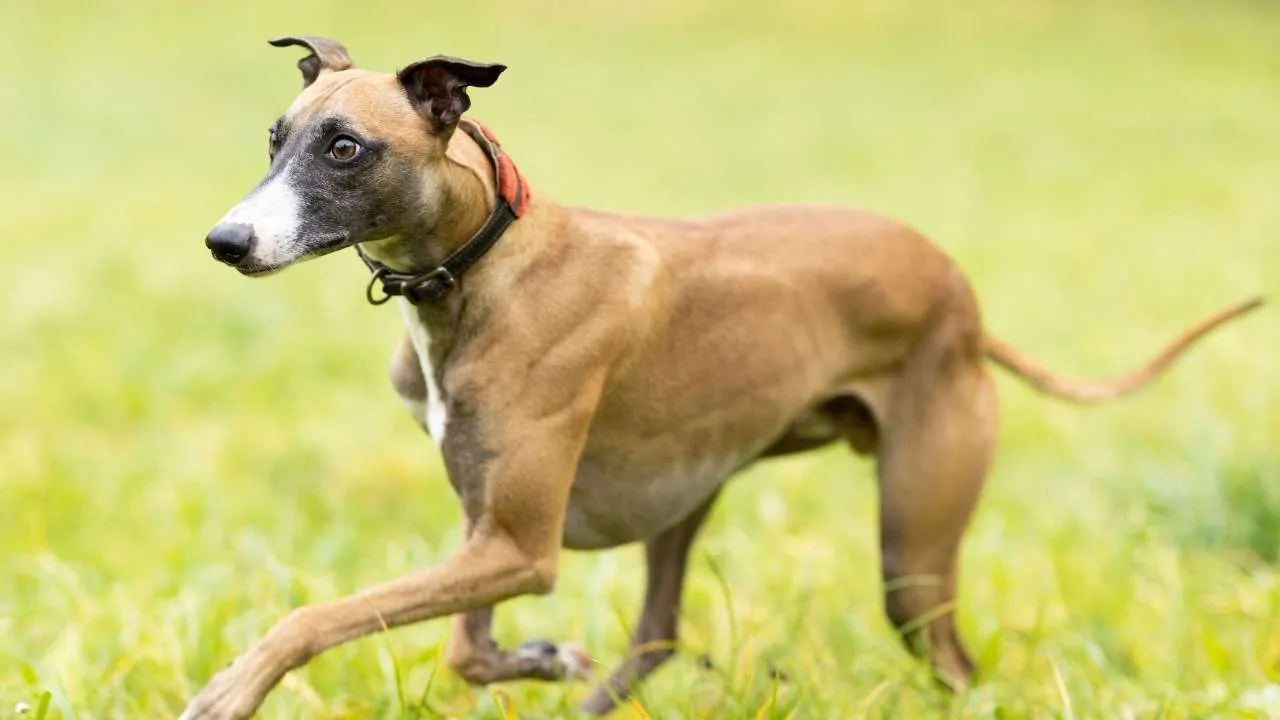
Greyhounds are among the few breeds that can sprint at over 45 miles per hour yet prefer long hours of total rest. Their bodies stay lean and cool, making couches and soft rugs more appealing than crowded outdoor play. Many owners describe them as silent shadows around the home.
Quiet Indoors, Gentle in Movement
Even in smaller spaces, Greyhounds don’t knock things over or pace nervously. They walk slowly when indoors, often picking one soft spot to stay for hours. This pacing aligns with their low arousal threshold, which helps maintain their signature calmness.
Training Rooted in Self-Regulation
Greyhounds adjust easily to new routines and rarely bark, even when left alone for short periods. Their laid-back attitude means they don’t demand constant activity or high stimulation. That’s why they’re often seen as ideal companions for a relaxed lifestyle.
Subtle Bonds with Quiet Loyalty
They’re not overly clingy, but they show their attachment by quietly following their people from room to room. Each individual dog may differ slightly, but their overall affectionate nature is clear through gentle nudges or resting their heads on a lap. Even after retiring from dog sports, they keep a soft, quiet energy.
6. Newfoundland
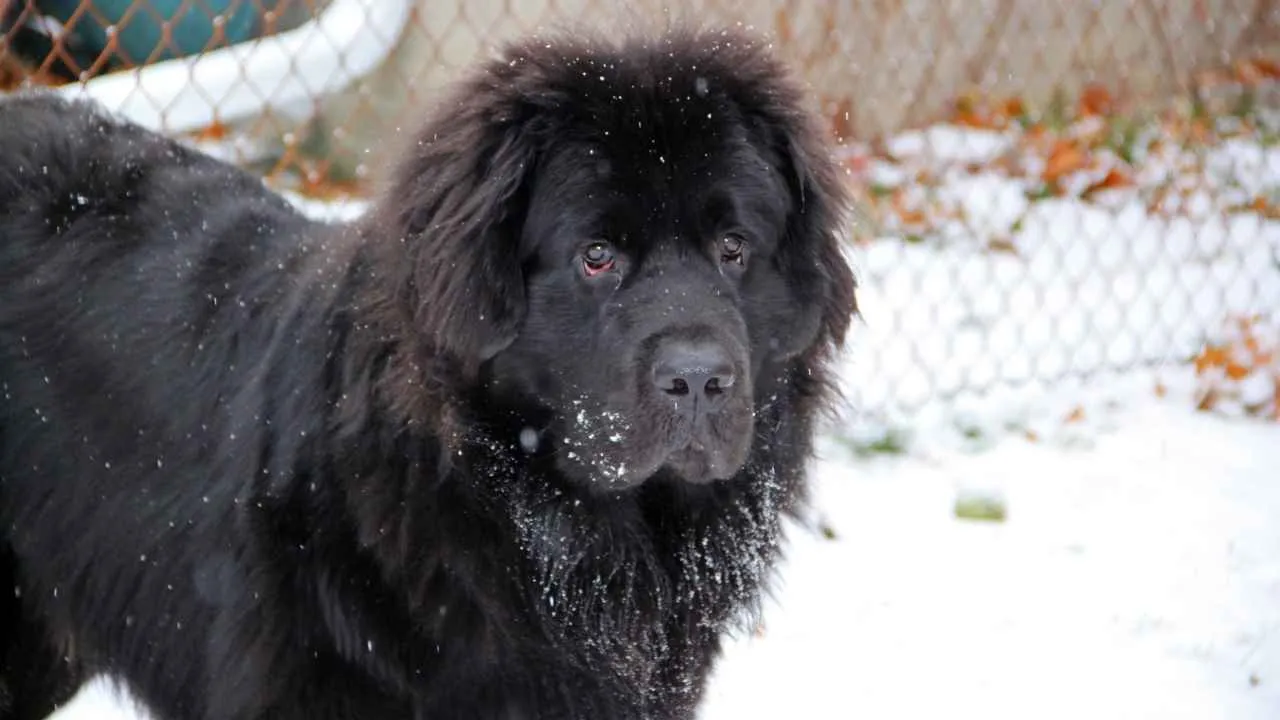
Newfoundlands move with an unhurried rhythm, rarely reacting to noise or distractions around them. Their heavy build adds to their grounded presence, not their intensity. You’ll often find them stretched out quietly in corners, observing more than engaging.
Naturally Patient with Children
They’re known for staying still and composed even when toddlers pull on their fur or lean against them. Their low activity level becomes even gentler around kids, often matching the mood of the home. Families appreciate how consistently mellow they remain.
Designed for Quiet Rescue
This breed has webbed feet, strong lungs, and a double coat made for cold water swimming, as mentioned in Britannica. Their instinct to rescue is calm, and they react without panic in high-pressure moments. These traits are why they’ve been used in real-life water rescue roles.
Loyalty That Doesn’t Demand
They form strong bonds but rarely seek constant attention, preferring quiet closeness. As companion animals, they fit well into low-energy homes. Among the calmer breeds, they’re often chosen as perfect family pets for their soothing presence.
7. Saint Bernard
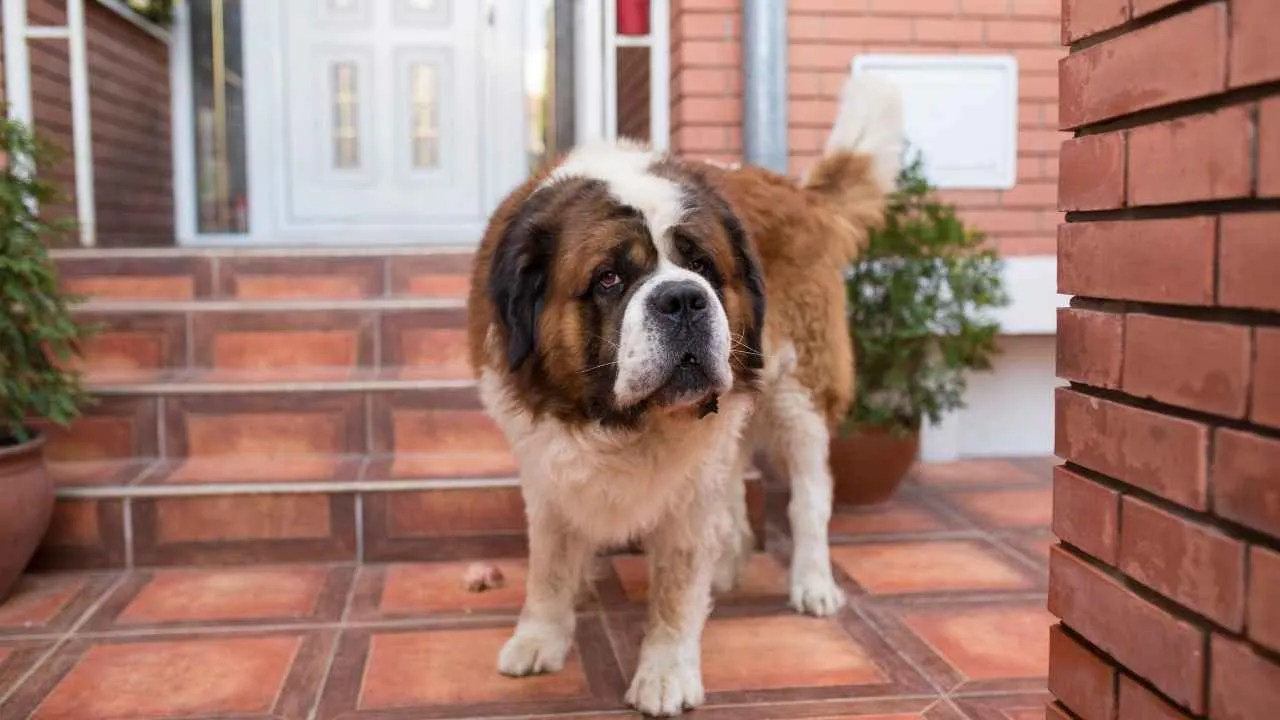
Saint Bernards naturally move at a slow, measured pace due to their large frame and heavy bones. They conserve energy, preferring short periods of movement followed by long rests. This rhythm makes them an ideal fit for relaxed households with minimal stimulation.
Weight Carried Without Tension
Their size often suggests power, but their body language remains low-energy and composed, even in public settings. Saint Bernards rarely show abrupt reactions, and instead, respond with slow head turns and prolonged eye contact. They rarely bark unless there’s a reason.
Social but Soft-Spoken
Despite their watchful presence, Saint Bernards are never overwhelming in their interactions. Their responses to people and other dogs are typically slow and predictable. Their gentle demeanor makes them approachable in crowded or unfamiliar settings.
Built for Calm Environments
They don’t seek constant attention and are content being near their people without demanding engagement. Their tolerance for noise and chaos makes them one of the few large breeds suited for leisurely walks in parks or neighborhoods. Families often admire their sweet temperament with children.
Conclusion
The best companions aren’t always the loudest or the most active. Sometimes, the dogs that give the most are the ones who ask for the least. These chill dog breeds offer a type of loyalty that’s steady, not showy.
Whether you live in a small apartment or a quiet countryside home, a very quiet dog breed can make life easier. Being a chill dog doesn’t mean being a lazy dog—it means knowing when to play and when to pause.
When properly socialized, these dogs often become the heart of the home. Many are even trusted as therapy dogs. They aren’t just pets. They’re calm, constant, and quietly there.


